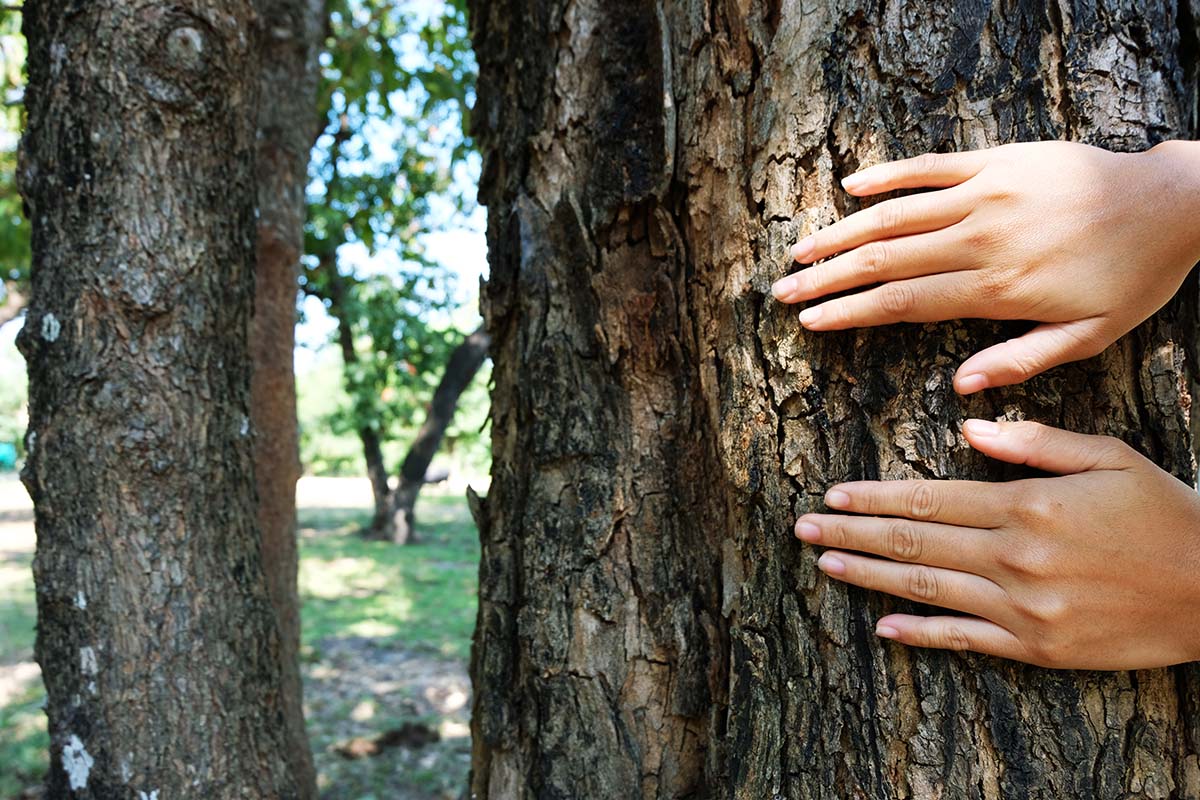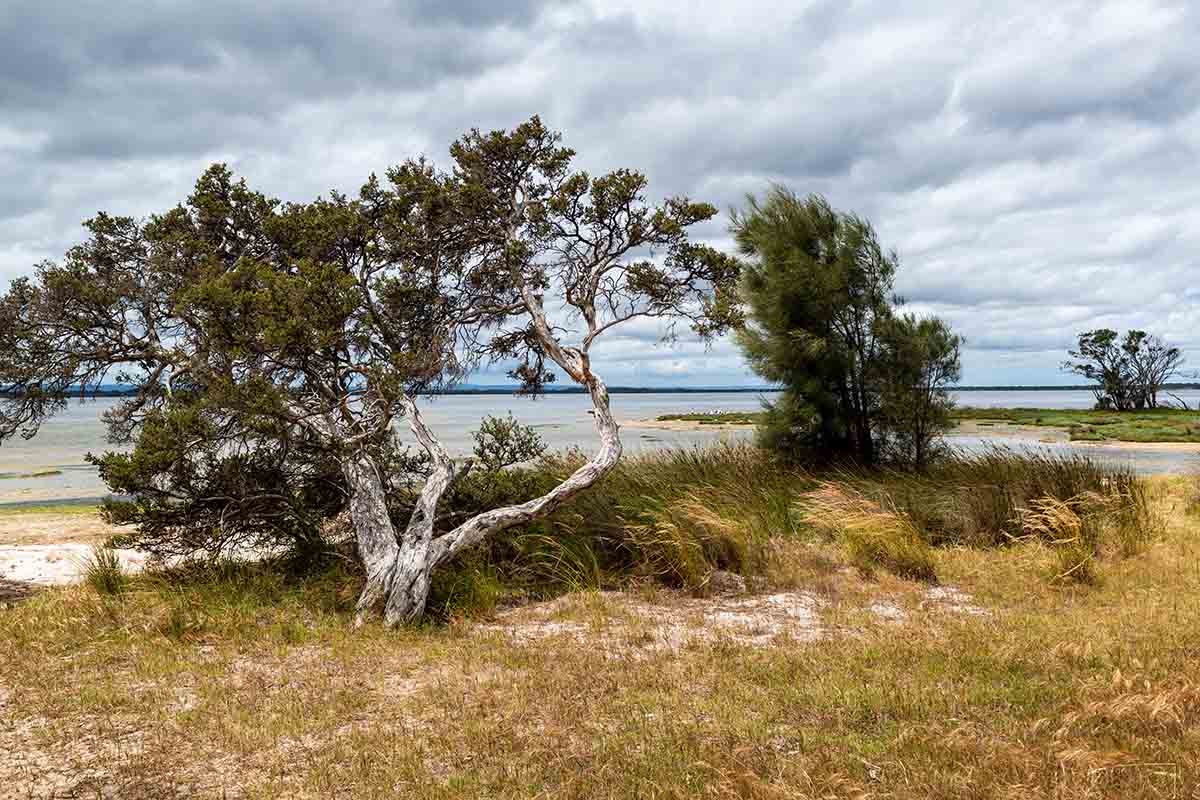Tips for Maintaining Vibrant Tree Health in Australia
KEY POINTS
- Basic tree care in Australia involves understanding tree anatomy, signs of health, and early disease detection to ensure ecosystem balance and wildlife support.
- Common tree issues include fungal diseases and pests, with proper identification and quick action being crucial for tree health maintenance.
- Adopting correct planting techniques, regular care practices, and seeking professional arborist help when necessary are key to sustaining vibrant tree health in Australia.
Trees are critical to the ecosystem in Australia’s vast and diverse landscapes. They act as a vital life source for many forms of local wildlife, offering shelter and sustenance and serving crucial functions such as soil stabilization and providing respite from the fierce Australian sun.
However, the health of these trees is under constant threat from various factors such as pests, diseases, and harsh weather conditions. Understanding common tree health issues and knowing how to maintain and care for trees properly can make a significant difference to our environment.
In this detailed guide, we will provide an inclusive overview of ways to preserve and promote tree health in Australia and our core challenges in this endeavor.
Understanding Basic Tree Anatomy and Function
Trees, behind their seemingly simplistic structure, operate quite intricately. Composed of roots, trunk, branches, and leaves, trees are tailored to survive harsh environments and bolster their health against diseases and pests to a great extent naturally.
The roots work as an anchor, absorbing the water and nutrients from the soil, which the trunk then transports to the rest of the tree. The leaves employ photosynthesis, using sunlight to convert the water and nutrients into food for the tree.
The signs of a healthy tree are fairly perceptible, even to the untrained eye. Vibrant, lush leaves, sturdy and well-covered bark devoid of any unusual discoloration or growth, new branches, and leaf formations during the spring months are indicative of good tree health.
On the other hand, a tree might need attention if it shows signs of wilted or discolored leaves, bare branches, or fungus growth. Moreover, understanding the signs of disease will allow early action, potentially saving trees from severe damage.
Most Common Tree Diseases and Pests in Australia
Australia’s rich biodiversity also means a diverse range of tree diseases and pests. One of the most wide-ranging problems is fungal diseases like Heart Rot, which weakens the tree and can lead to structural instability. Insects such as borers and termites can also cause significant damage, often leading to tree death if left untreated.
Identifying the signs of diseases and pests is key to maintaining tree health. A general decline in tree health can be an initial indication, but more specific symptoms include branch dieback, an unusual amount of leaf fall outside of the autumn season, or oozing sap. Consequently, familiarising yourself with the symptoms allows for quick action, preventing further damage and preserving tree health.
Proper Tree Planting Techniques and Practices for Healthy Growth
Planting a tree correctly lays the foundation for overall tree health. Choosing the appropriate species that suits the specific region of Australia is a fundamental starting point as indigenous species are naturally adapted to local environmental conditions.
This is followed by the actual planting process, which may vary between species but generally involves digging a hole roughly two times the width of and as deep as the tree’s root ball, placing the tree carefully in the hole, and backfilling it with soil.
The tree must then be watered generously to settle the soil and establish good contact between the roots and the soil. Adequate watering, optimal sunlight exposure, and nutrient-rich soil significantly enhance the chances for a tree’s healthy growth and longevity.
Essential Tree Care: Water, Nutrients, Pruning, and More
Every living organism requires sustenance and care to thrive, and trees are no different. The tree’s watering needs depend on numerous factors, such as the species, age, location, and prevailing weather conditions. Generally, ensuring the soil remains consistently moist but not waterlogged is a good practice.
Trees obtain their nutrients from the soil they are planted in. However, when the soil lacks certain nutrients, supplementary fertilizers may be necessary to ensure the tree gains all it requires for healthy growth.
Additionally, regular pruning plays a vital role in maintaining tree health, as it allows the tree to focus its energy more efficiently on growth rather than sustaining unnecessary or potentially harmful parts.
Moreover, regular and meticulous tree inspection can help detect potential problems early. Monitoring for discolored, distressed, or abnormally dropped leaves, pests, or other abnormalities allows for timely intervention and preserves tree health in the long run.
The Role of a Professional Arborist in Maintaining Tree Health
Despite our best efforts, there comes a point where professional help becomes necessary. That is where the skills and expertise of an arborist come into play. These tree health specialists can assist with diagnosing tree diseases, devising and implementing a treatment plan, and advising on the best care for the tree.
Arborists can save us both time and money in the long run, promptly identifying and addressing issues before they become severe problems. They are also experienced in tree pruning, ensuring it is carried out correctly without harming the tree or leaving it vulnerable to disease or pests.
Maintaining Tree Health in Australia: Conclusion
Maintaining the health of trees in Australia can seem daunting, given the unique and diverse range of species and the challenges that come with it. However, with a strong understanding of tree anatomy, a willingness to learn about the common threats to tree health, and adopting proper planting and care practices such as adequate watering and essential pruning, tree health maintenance becomes a less formidable task.
Moreover, it is also important to know when to engage professional help from an arborist. By implementing all these essential tips, every individual can contribute to preserving and protecting the vibrant tree health in Australia.
It is indeed an ongoing journey that requires attention to detail, dedication, and learning along the way. The future health of Australia’s trees indeed depends on our collective efforts, making our journey all the more worth it.




















